In Canada we have a federal election coming up on April 28 and a long-standing housing shortage, and the two combustible subjects have encountered each other.
The Conservative Party of Canada has just announced its housing plan that it says will build 2.3 million new homes over the next five years.
The Conservatives say their plan will, among other things:
- Reward cities that permit over 15 per cent more homebuilding annually with additional federal funding, while reducing infrastructure funding proportionally for cities that miss their targets;
- require cities to permit high-density housing around federally funded transit stations as a condition of receiving federal funding; and
- identify 15 per cent of federal land and buildings in cities to sell.
The Liberal Party announced its housing plan in March and promised to double the number of homes built annually to nearly 500,000.
The Liberals are also planning to bring back a tax incentive from the 1970s called the Multiple Unit Rental Building (MURB) cost allowance.
They say they’ll combine public and private initiatives “at a scale not seen in generations.”
To get that done, a Liberal government will create an entity called Build Canada Homes (BCH) that will act as a developer overseeing the construction of affordable housing.
BCH will also order housing units from Canadian modular and prefabricated homebuilders in order “to create sustained demand.”
Mark Devereux, managing director of Scius Advisory Inc. in Vancouver, says prefab can deliver housing faster, more affordably and with a smaller environmental footprint.
Scius recently released its Prefab Construction Navigator.
“The navigator is an interactive, web-based dashboard that maps over 1,000 prefab company locations across Canada,” says Devereux. “It shows what products they make, what materials they use, which markets they serve and where they’re based. It gives policy-makers, developers, and researchers a clear picture of the industry’s scale and capabilities.”
Devereux says Scius’s researchers were surprised by the number and diversity of companies involved in construction prefabrication.
“Our research snapshot identified almost 850 companies in more than 1,000 locations, many of them small businesses serving residential and commercial markets with wood-based products,” he says.
The Liberals, Conservatives and consultancies aren’t the only Canadians who have been thinking about Canada’s housing shortage.
Cameron Gray, former director of Vancouver’s affordable housing initiatives, says he would focus on purpose-built, non-strata rentals, for both profit and non-profit.
“There has been little purpose-built unstratified rental housing built in Canada since the federal government changed the Income Tax Act in the early 1970s,” says Gray.
A federal-provincial rental housing program would be best, he says.
“There’s no reason for competing programs and duplicate bureaucracy,” says Gray.
Such a program would require government financing guarantees for the for-profit rental housing, capital grants and ongoing subsidies for the non-profit projects.
The plan would require a long-term commitment of about 30 years from both provinces and the federal government.
“There is no short-term solution, because there isn’t either the construction or financial capacity,” says Gray.
Vancouver developer and retired architect Michael Geller says two approaches in the 1970s and 1980s worked well to increase the supply of housing.
“The first was the non-profit rental and co-operative programs that made 100 per cent loans to legitimate nonprofit organizations to create rental buildings,” said Geller. “Every year a lot of money was given out and a lot of good homes were built.”
Another program made loans to non-profit organizations to develop non-profit co-ops.
“These programs were expensive, since they often came with ongoing subsidy dollars,” says Geller. But they were the only way to create truly affordable, well-designed housing.”
Geller says there is an important but overlooked aspect of increasing housing supply that needs to be addressed.
“While many talk about wanting to bring down the cost of housing, those of us who own homes, which are our pension plans and number one investment, don’t want to see the value of our homes reduced 20 or 30 per cent,” says Geller. “The irony is that most people would vote for the politician who says ‘Vote for me and I’ll make sure your home does not drop 20 to 30 per cent in value.’”


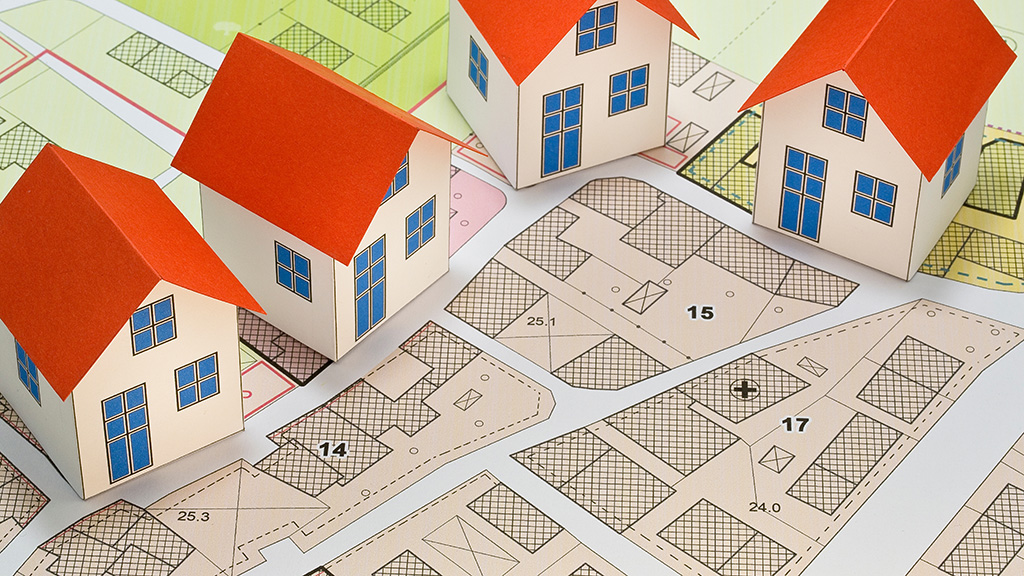

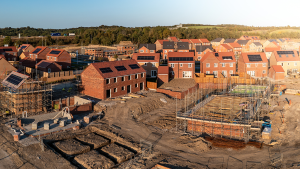


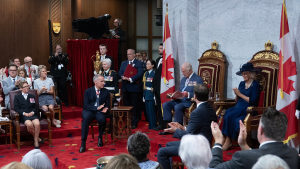
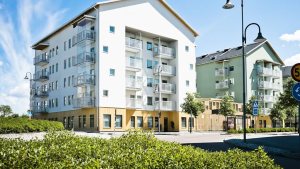

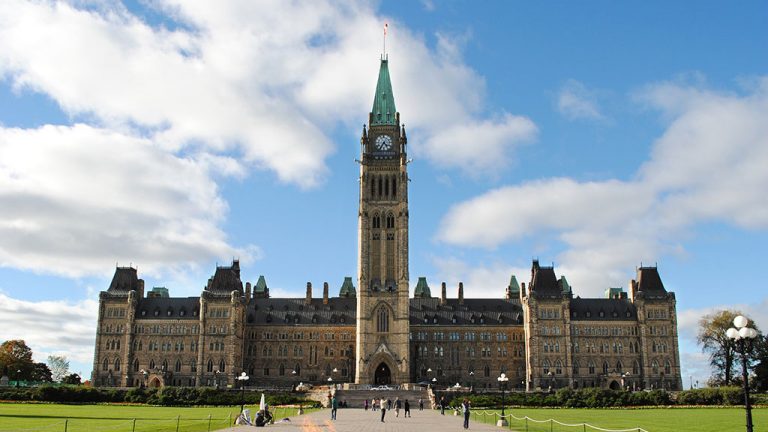

Recent Comments